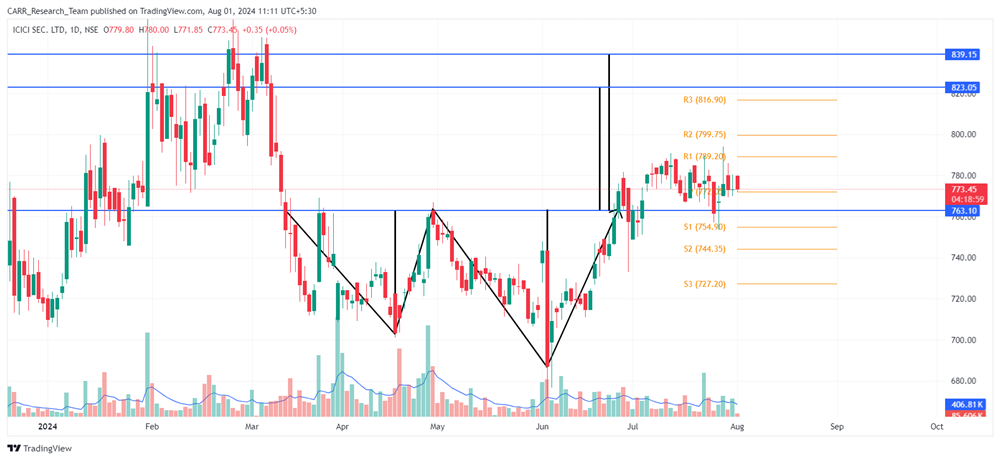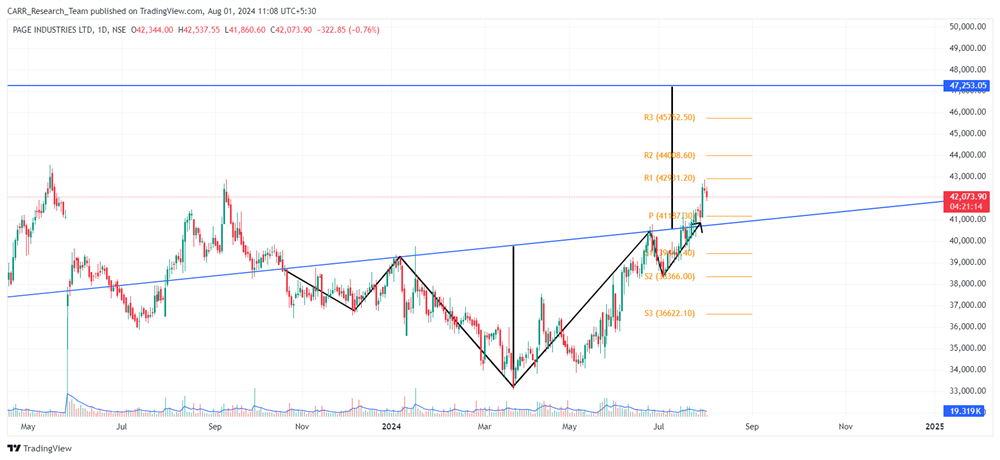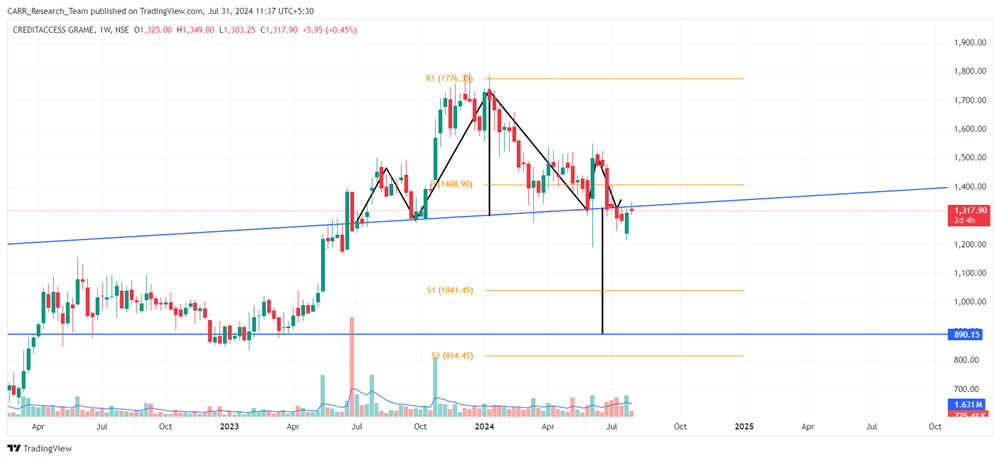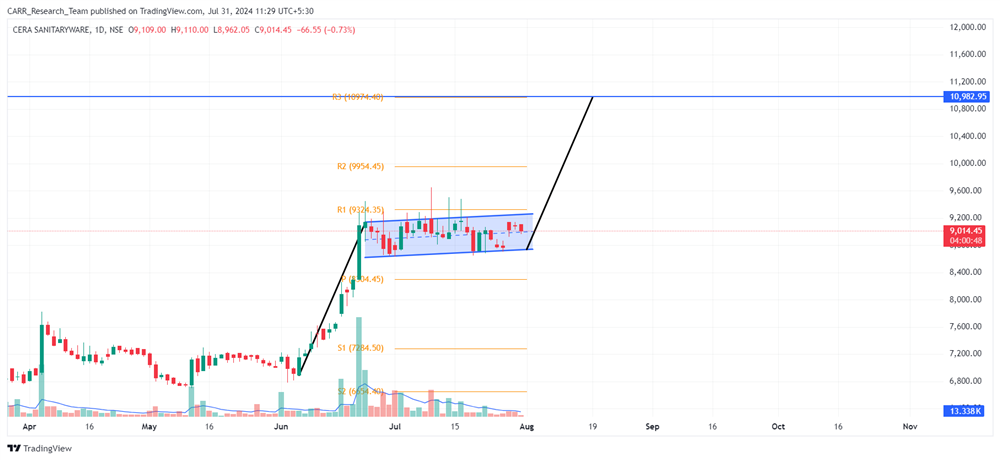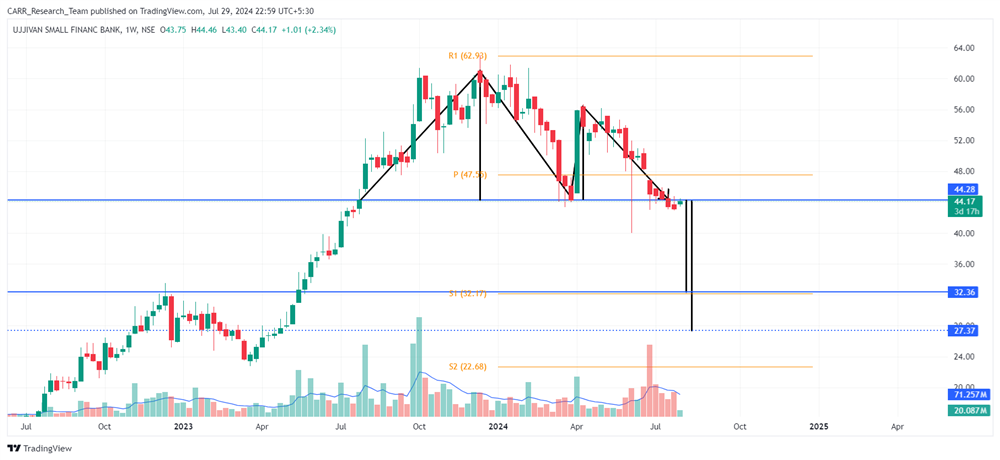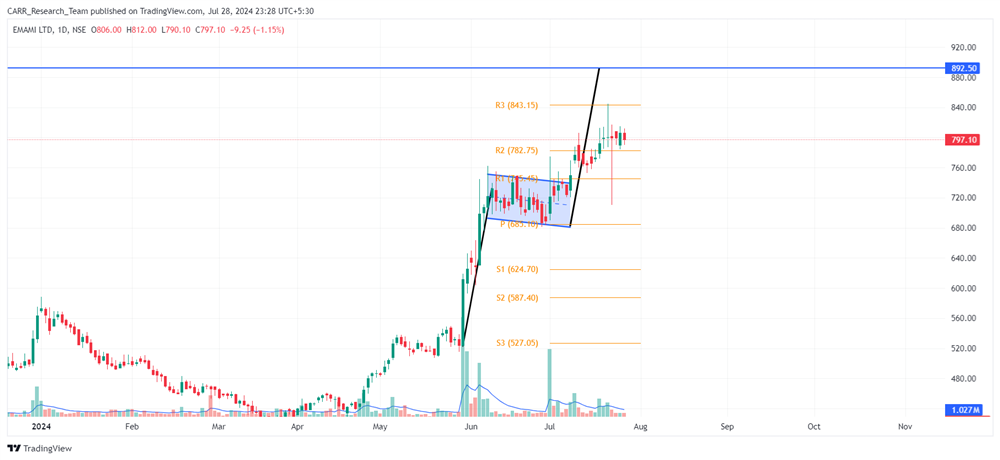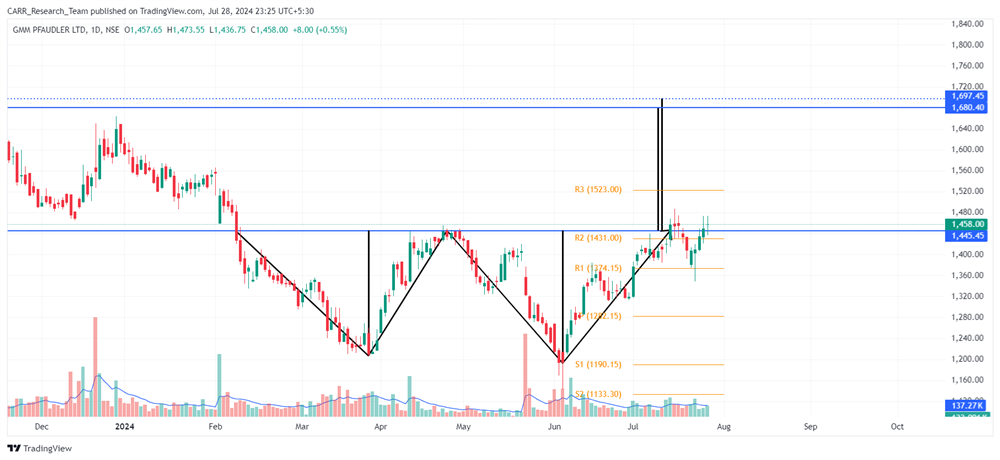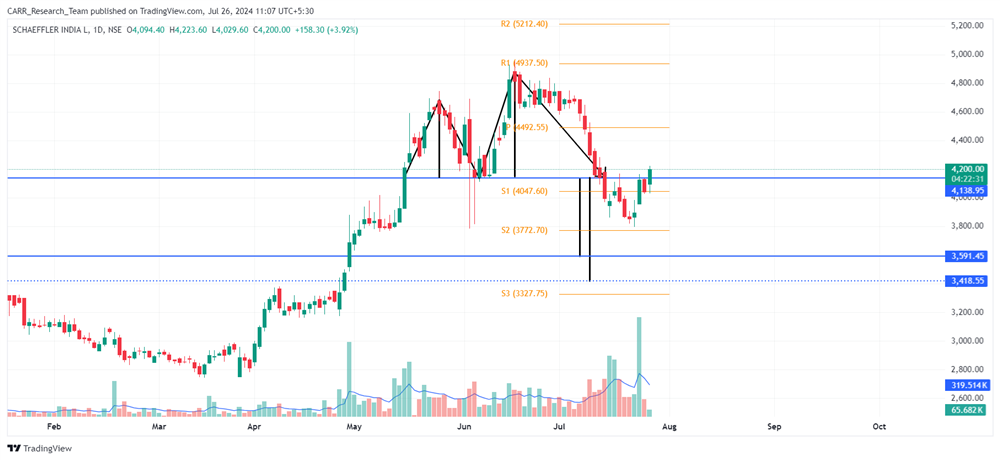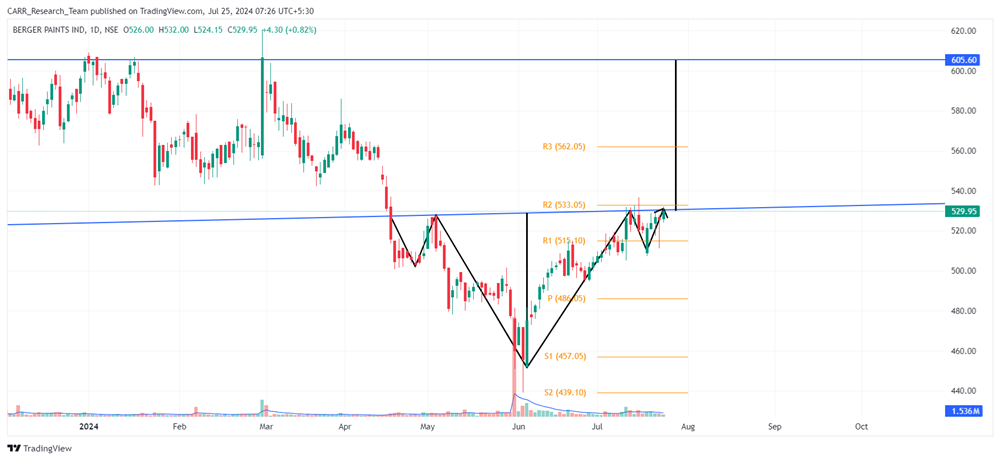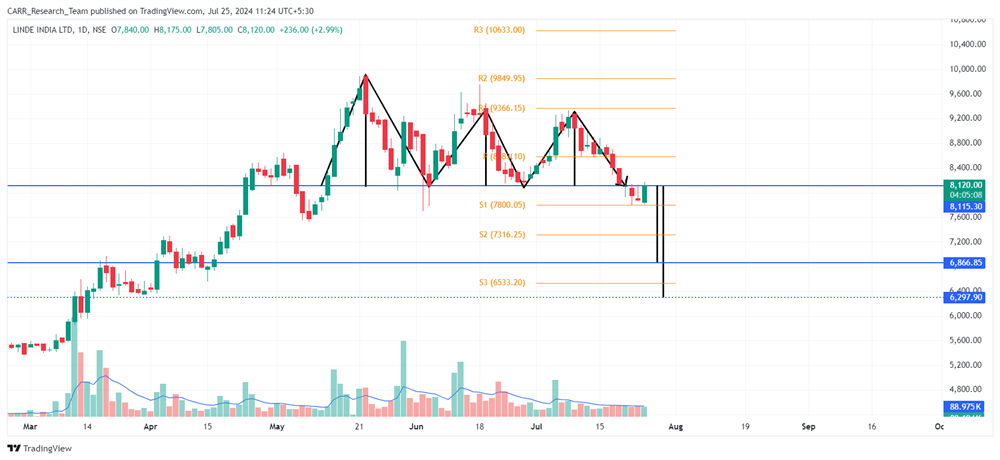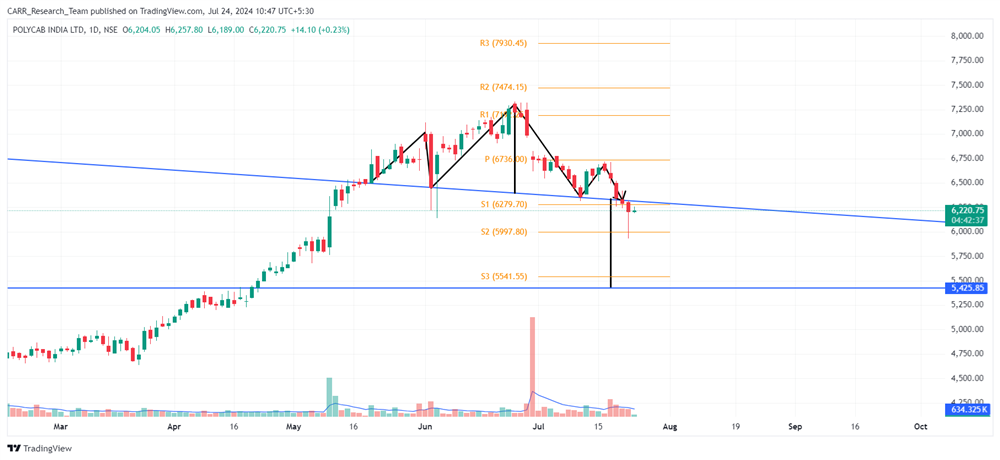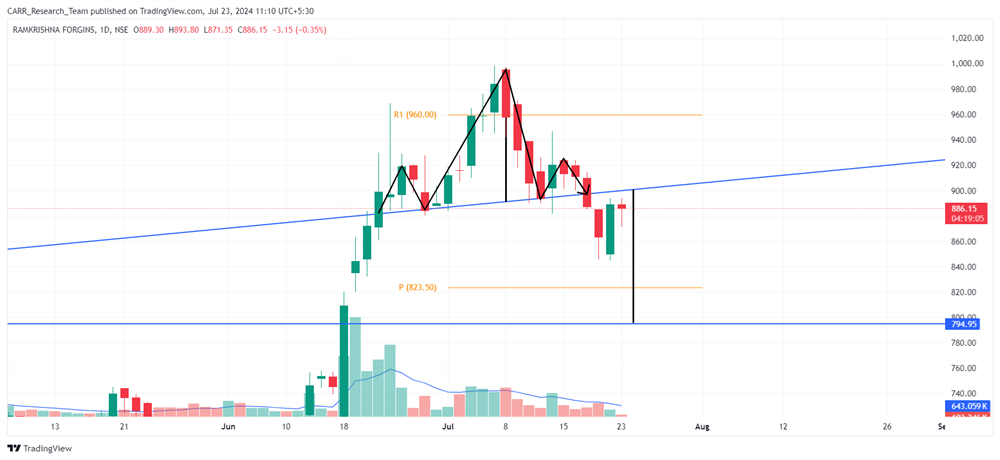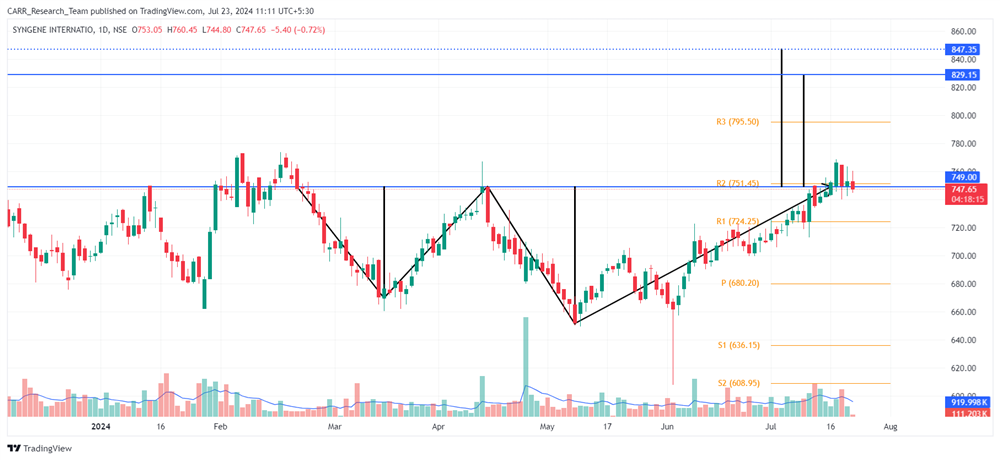Gifts are a heartwarming way to express love, appreciation, or celebrate milestones. However, understanding the tax implications of giving or receiving a gift in India is crucial to ensure compliance and avoid unexpected tax liabilities. India's gift tax rules have evolved significantly over time, and this blog post aims to simplify these rules for you.
How are gifts taxed?
Under current provisions, gifts received by an individual are taxed under the head "Income from Other Sources" at their regular income tax slab rate in the following scenarios:
- Where any person receives, any sum of money, without consideration, the aggregate value of which exceeds fifty thousand rupees in a financial year, the whole of the aggregate value of such sum will be taxable in his hands;
- Where any person receives any immovable property, without consideration, the Stamp Duty Value (SDV) of which exceeds fifty thousand rupees, the (SDV) of such property will be taxable;
- Where any person receives any immovable property, for consideration, if the SDV of the property exceeds the consideration by higher of the two
(i) the amount of fifty thousand rupees; and
(ii) the amount equal to ten percent of the consideration;
The difference between the SDV and the actual consideration will be taxed as a gift in the hands of the buyer.
[Additional note: It is to be noted that if the SDV is more than consideration by 10% of the consideration (i.e. SDV > 110% of Actual Consideration) then the differential amount will be taxed as a gift in the hands of the buyer and capital gain in the hands of seller].
- Where any person receives any other property (like gold, shares etc.), without any consideration and the Fair Market Value (FMV) of the property exceeds fifty thousand rupees, the FMV of such property will be taxable;
- Where any person receives any other property for consideration, if the FMV of the property exceeds the consideration by fifty thousand rupees, the difference between the FMV and consideration will be taxable.
However, there are some important exemptions related to gifting :
- Gifts up to Rs. 50,000: Gifts received in a financial year (April 1st to March 31st) up to Rs. 50,000 are exempt from income tax, regardless of the source.
- Gifts from Relatives: Gifts from specified relatives are exempt from tax, without any limit on the amount. Relatives include spouse, parents, siblings, grandparents, children, and a wider circle of family members.
The Income Tax Act, 1961 defines "relative" for the purpose of gift tax exemption. The following individuals are considered relatives, and gifts received from them are exempt from tax in India, regardless of the amount:
- spouse of the individual;
- brother or sister of the individual;
- brother or sister of the spouse of the individual;
- brother or sister of either of the parents of the individual;
- any lineal ascendant or descendant of the individual;
- any lineal ascendant or descendant of the spouse of the individual;
- spouse of the person referred to in items (B) to (F); and
- in case of a Hindu undivided family, any member thereof;
- Gifts received from or by any trust or institution registered under section 12A or section 12AA or section 12AB; (generally charitable & religious trusts are registered under this section)
- Gifts received on the occasion of the marriage of the individual; or
- Gifts received under a will or by way of inheritance; or
- Gifts received in contemplation of death of the payer or donor, as the case may be; or
- Assets received in event of partition of a Hindu Undivided Family (HUF).
- Gifts received from an individual by a trust created or established solely for the benefit of relative of the individual;
Gift Planning Strategies
Spreading Out Large Gifts
If you plan to give a significant amount, consider spreading it over multiple financial years to keep each portion below the Rs. 50,000 exemption limit.
Utilizing Relative Exemptions
You can consider taking advantage of the tax-free status of gifts from relatives. You can consider transferring assets (like stocks or property) to these relatives to potentially reduce your future tax burden when these assets start yielding income or when they are eventually sold.
Gifting to Charity
Donations to registered charitable institutions are exempt from tax. This strategy can help you reduce your taxable income while supporting a worthy cause.
Important Considerations
Maintaining Documentation
It's crucial to maintain records of gifts received, especially from non-relatives, to avoid any confusion during tax filing. Be mindful that large gifts might attract scrutiny from the tax department. It's advisable to ensure the genuineness of the gift and the donor's ability to justify it.
Beware of Clubbing Provisions
While trying to use the benefits under the gifting sections, you should be diligent to transfer the amounts to only specified relatives else there could be repercussions of clubbing provision where even after gifting the amount, the income generated via that asset will be taxed in your hands.
Some examples of clubbing are as under:
- Any income arising or accruing to your minor child where the child includes both step child and adopted child. The clubbing provisions apply even to minor married daughters. However, If a minor child’s income is clubbed in the hands of the parent, then an exemption of Rs. 1,500 is allowed to the parent (This is applicable only if the parent opts for the old tax regime).
- Transfer of assets transferred directly or indirectly to your daughter in-law by you for inadequate consideration
Conclusion
Understanding gift tax rules can help you navigate gifting situations with clarity. Remember, this blog is for informational purposes only. For specific tax advice, consult a professional.
By staying informed about the tax implications of gifts, you can ensure that your acts of generosity do not lead to unexpected tax liabilities. Happy gifting!
